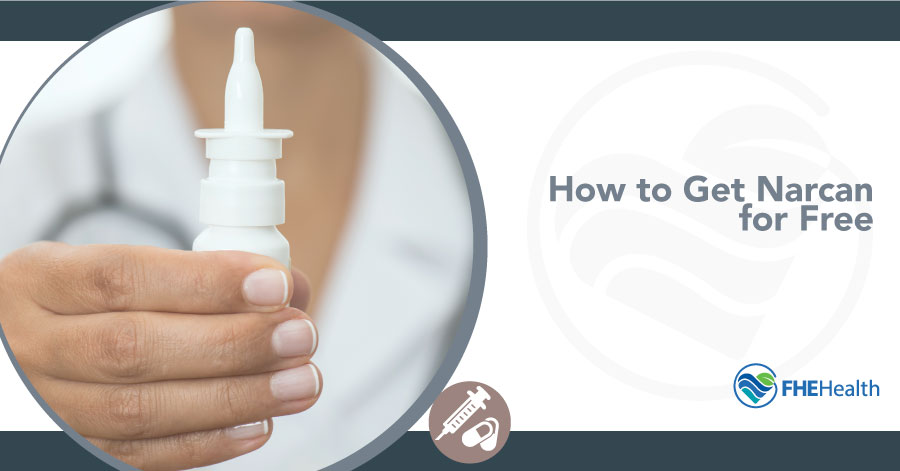
|
|
“Narcan” is the brand name for “naloxone,” a medication that was first developed in 1961. If you were wondering how to get Narcan, it is now widely available to anyone to treat people who overdose on opioids. Narcan was not, in fact, approved by the FDA to counteract opioid overdoses until 1971. Since then, the drug has prevented millions of people from succumbing to opioid overdose. Today the World Health Organization includes naloxone on its “List of Essential Medicines” that are necessary to the health of people worldwide.
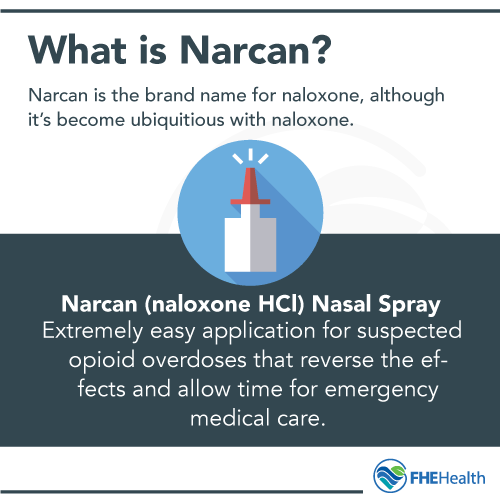 Narcan is primarily administered as a nasal spray by physicians, emergency medical technicians (EMTs), and law enforcement who respond to overdose emergencies. Signs of an opioid overdose can include:
Narcan is primarily administered as a nasal spray by physicians, emergency medical technicians (EMTs), and law enforcement who respond to overdose emergencies. Signs of an opioid overdose can include:
- Slow, absent or irregular breathing and pulse
- Extreme sleepiness or unresponsiveness to shaking or being given direct commands
- Low blood pressure/shock
- Purple or blue lips or fingernails
- Nonreactive or “pinpoint” pupils
Within seconds of nasal administration, the drug begins counteracting the effects of heroin and other opioids. The drug’s counteractive effects only last about 90 minutes, so getting someone who has been given Narcan to the hospital is critical to ensuring that they receive proper medical care.
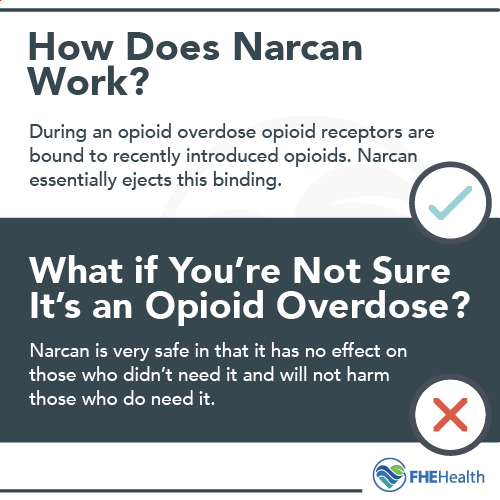 Narcan reverses the effects of all opioids, including
Narcan reverses the effects of all opioids, including 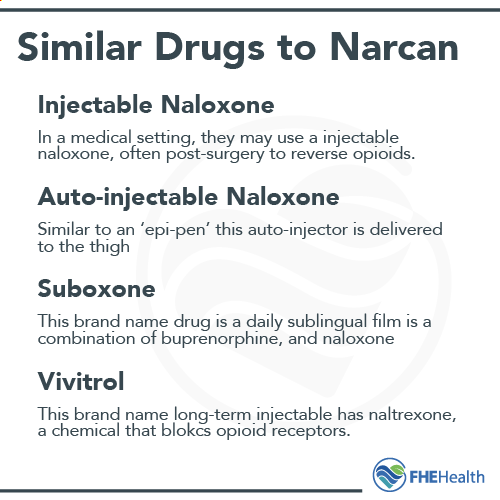 In addition to Narcan nasal spray, the FDA has approved two other forms of Narcan:
In addition to Narcan nasal spray, the FDA has approved two other forms of Narcan: